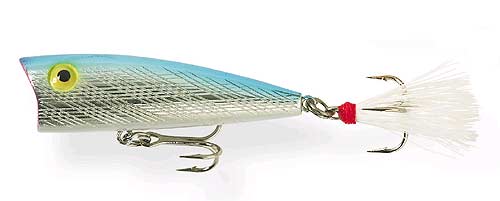A Sportfisherman’s view of
"The Night Before Christmas"
Twas the night before Christmas and all through the bay,
all the fish were real happy cause the fishermen were away.
The rods were all hung in the garage with care,
in hopes that the bluefish soon would be there.
All the fishermen were nestled, all snug in their beds,
while visions of rockfish swam in their heads.
All the boats in their slips were tied very tight,
and settled at dock for a long winter’s night.
When out on the river there arose such a clatter,
I ran to the pier to see what was the matter.
When what to my wandering eyes should appear,
but one giant splash the biggest this year!!!
The Grand Dad of rockfish I saw in the night,
I just had to know how hard could he fight?
I jumped off the pier and ran through the sod,
grabbed a net, tackle box, and my favorite rod.
Dashed back to the pier threw open my box,
tried so many lures put my stomach in knots.
Tried Tonys then Bucktails from big ones to small,
put on Rebels and Bombers he would not bite at all.
When down in my box I saw something squirm,
I reached down and grabbed a Killer Ice Worm!
It barely hit water my line got real tight,
I set the hook and then on with the fight.
The rod bent double the drag steady bellowed,
fought it three hours my muscles were jello’d.
Finally landed, I looked at the prize,
but just couldn’t keep it you have to realize,
Fishing’s a sport we enjoy on the bay,
so catch and release is the only way.
As I released the fish, believe it you might,
he said to the group,
MERRY CHRISTMAS AND
TO ALL A GOOD NIGHT!





